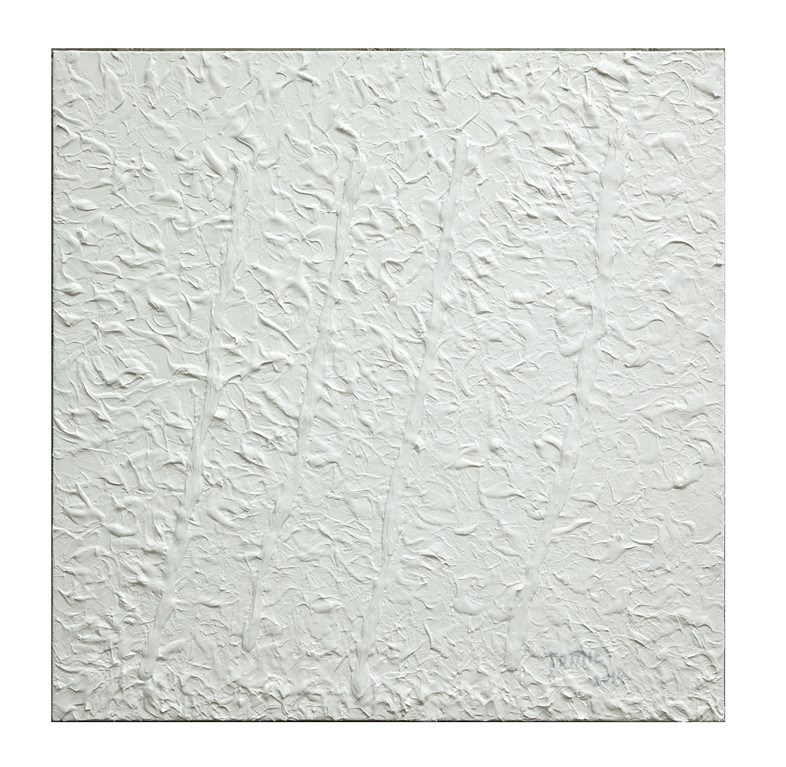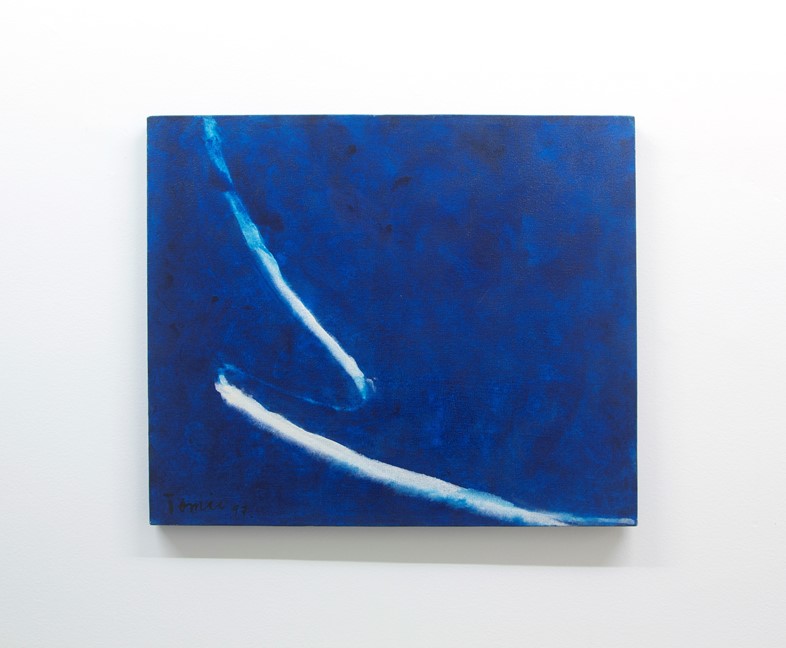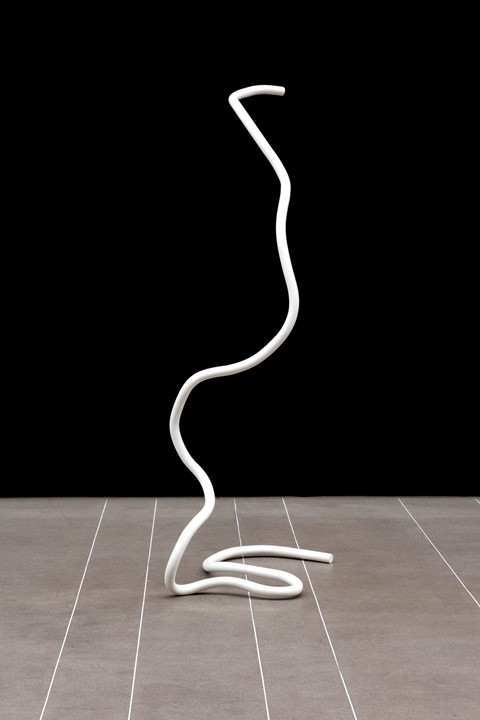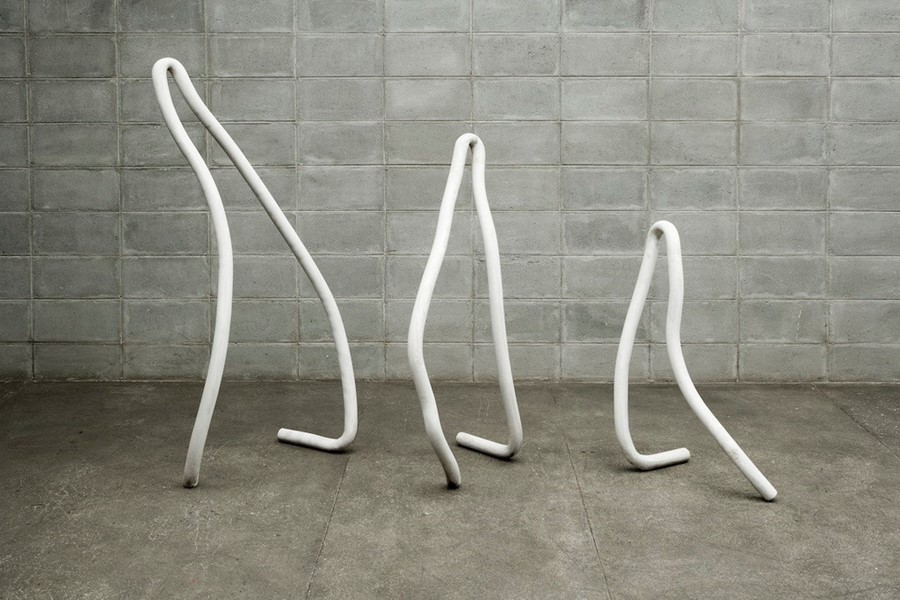We examine the Japanese-Brazilian artist's practice as her first UK solo exhibition in 20 years opens at London's White Rainbow gallery
Who? Japanese-Brazilian artist Tomie Ohtake is primarily known for her abstract paintings and monumental sculptures which explore formal, temporal and spiritual aspects of colour, shape and texture. Considered one of the most important contemporary artists in Brazil (there is a cultural institute founded in her honour) Ohtake moved to São Paulo from her native Kyoto in 1936, and continued to live and work there until her death last year, at the grand age of 101. Her large-scale sculptural projects have graced the urban landscapes of many cities in Brazil and Japan. In both her lyrical paintings and sculptural pieces, the soft sinuous forms and subtle repetition reflect the artist’s interest in the meditative dimension of painting as well as the experience of creating in itself.
Early on in her career, Ohtake focused on figurative paintings, but she later became a central figure in the Brazilian geometric abstraction movement. As her recognition grew, she also started printmaking and sculptural practices – which exude a similar spiritual energy present in her paintings – to examine the relationships between line, light and shadow.

What? For the first time, Ohtake’s later works are unveiled in Europe at London’s White Rainbow Gallery. Imperfect Geometry is her first solo exhibition in the UK in more than two decades, and features a monochrome painting series as well as smaller line-based white sculptures made of carbon. “Ohtake is best known for her abstract geometric paintings from the 1970s in particular, where she uses different colours to create lines on the canvas,” says Edward Ball, the curator behind the exhibit, “I found her monochrome paintings to have the same conceptual interest.” One of the key distinctions between these monochrome paintings – which she began in 2013, and worked on until the end of her life in 2015 – and her earlier works, is that they involve the application of thick layers of paint to create lines and shadows, instead of using merely colour to achieve such forms.

Why? “Exhibitions of Ohtake tend to focus either on her painting or on her sculpture, so I chose to highlight her late production in order to bring her work in both mediums into much closer dialogue, and to show how much they influence one another,” explains Ball. Ultimately, the works on view aim to delve deeper into the connections between her approaches to painting and sculpting, both of which Ohtake practiced in order to further explore abstraction and imperfect geometries.
Imperfection is an idea that Ohtake has been playing with since the late 1950s when she embarked on an experimental journey with a series of “blind paintings” – expressive pieces she painted while blindfolded. This moment marked the artist’s attempt to break from the visual action of painting and move towards a realm of creation that relied on pure experience in an unseeing state. Unsurprisingly, traces of this spiritual course of painting are still apparent in works from her later years. “This exhibition looks at Ohtake’s engagement with imperfection, and imperfect geometry, through the perspective of ‘enso’: the Japanese term for an incomplete circle, which at once symbolises fullness, emptiness and imperfection,” adds Ball.

Imperfect Geometry runs until November 12, 2016 at White Rainbow Gallery, London.
